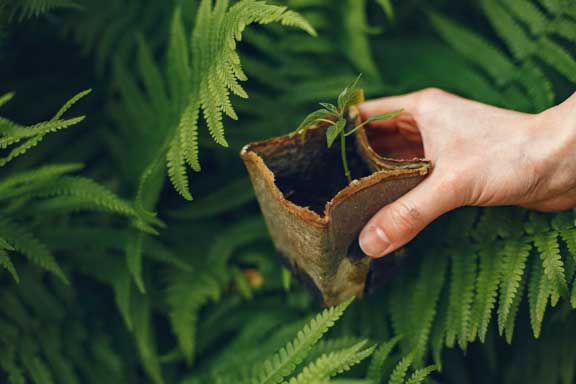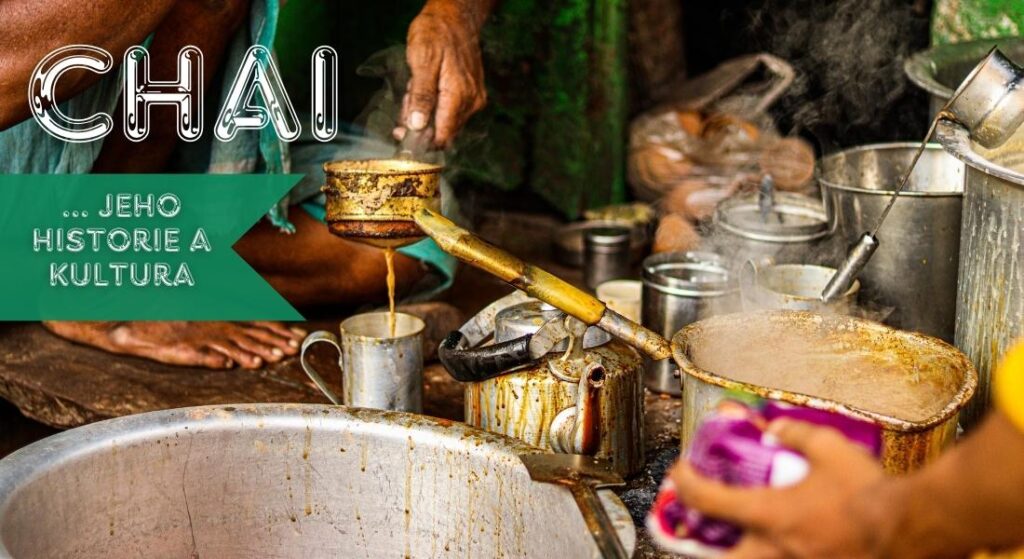We are used to growing various flowers and herbs in the garden, on the windowsill or on the balcony. Who would despise such homemade tomatoes or basil. But what about this tea? Can we also grow it in our conditions? And will it be possible to make a cup of homemade tea from it? That's a lot of questions at once. We will not only answer them in the following article.
Something about the Chinese tea plant Camellia sinensis
You can imagine the Chinese tea tree as an evergreen shrub or lower tree, which, however, sometimes grows to a height of 15 m. However, in monoculture in plantations and growing areas, it is maintained and pruned only to a height of only around 1.2 m. He likes tropical or subtropical weather - very hot and humid. The leaves are coarse and grow alternately on the branches. They are 4–15 cm long and 2–5 cm wide. Their size depends on their age. You can recognize the youngest leaves not only by their size, but also by the fact that they have fine white hairs on the underside.
This evergreen tree also blooms and even has fruit. The flowers are about 2.5-5 cm in diameter. Their color can be white or yellowish. The fruits are capsules with 3 pods that contain large seeds. These seeds are reservoirs of oil.
So, if you are thinking about growing a tea tree at home, prepare a small flowerpot or a place in the garden
in partial shade, scissors for trimming, and above all, a lot of patience.
INTERESTING FACT: Slower growth has a positive effect on production quality. The tea plant is grown in long-term cultures; plantations maintain their production capacity for about 30 years.
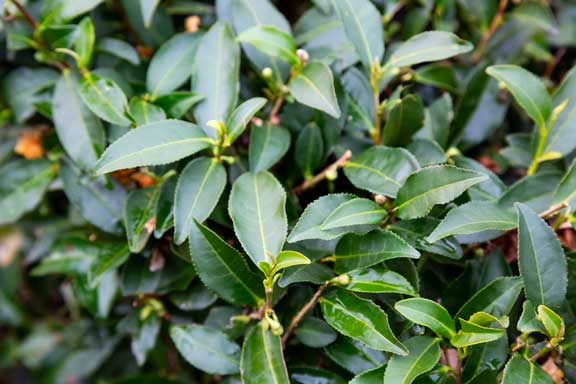
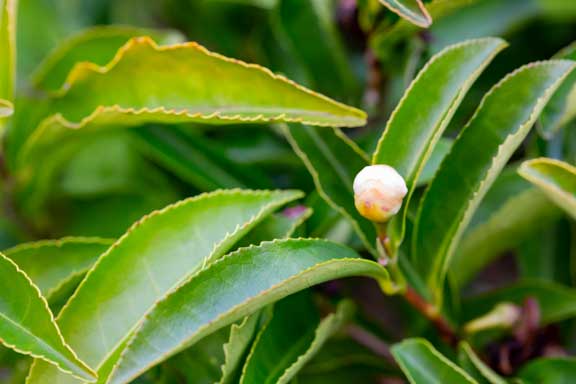
How to plant a tea tree
In order for your tea tree to thrive, you will need:
- light, more acidic substrate or soil,
- semi-shaded place
- constant temperature of at least 20°C,
- high air humidity.
You can usually buy the seeds of the Chinese Camellia Sinensis tea tree, or sometimes even small seedlings in pots, in specialized gardening stores. After bringing the seeds home, soak them in soft, lukewarm water for about two days. The temperature in the room should already be at least 20 °C.
Then transplant the seeds into a smaller container, ideally a flower pot, under which place a bowl of water. Tea plants need higher air humidity, so you must moisten them often. This also applies to the room where we grow them. Vaporizers, bowls of water, or room fountains in the immediate vicinity are suitable.
It is advisable to pinch the plants right from the start so that they branch nicely and then form bushy bushes. You can use the split ends to make your own tea. The substrate should be light, slightly acidic and always moist. But be careful - it must not be wet. Standing soft water is suitable for watering. Hard water with calcium content will harm your tea plant.

Curtis Sunny Lemon, černý čaj (90g) DMT 5/2023
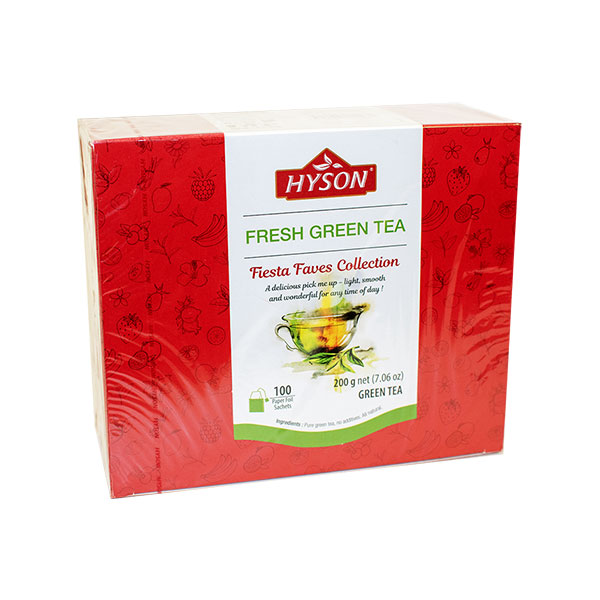
Hyson Fresh Green, zelený čaj (100 sáčků x 2g) DMT 01/2022

POŠKOZENÝ THURSON Magical Festive červená kolekce 90g (60 sáčků,černý čaj)

POŠKOZENÝ Hyson Cranberry & Raspberry, černý čaj (20 sáčků)

POŠKOZENÝ Richard Royal Tiger Queen, černý čaj (20g)

POŠKOZENÝ Thurson Winter Fantasy YELLOW, zelený čaj 40g (20 sáčků)

RICHARD Royal Green Jasmine 90g (sypaný, zelený čaj) DMT 7/2024

HYSON Strawberry Dream 100g (sypaný, černý čaj)
Kč 117.44 Kč 104.86 bez DPH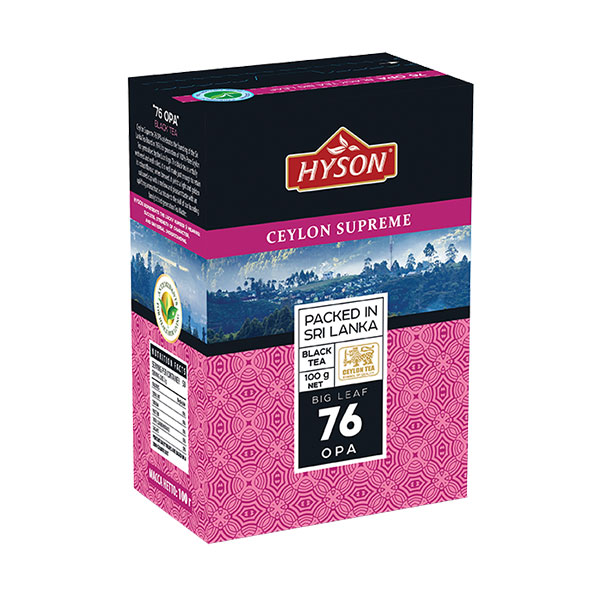
HYSON Ceylon Supreme Black OPA 100g (sypaný, černý čaj)
Kč 102.79 Kč 91.77 bez DPH
HYSON Fruit Fantasy 100g (sypaný, černý čaj)
Kč 102.79 Kč 91.77 bez DPH
HYSON Earl Grey (plech) 100g (sypaný, černý čaj)
Kč 186.59 Kč 166.60 bez DPH
Richard Royal Merry-Go-Round, černý čaj (100g)

RICHARD Royal Tiger BABY 20g (sypaný, černý čaj) DMT 11/2024

RICHARD Royal Tiger KING 40g (sypaný, černý čaj) DMT 10/2024

RICHARD Royal Tiger QUEEN 40g (sypaný, černý čaj) DMT 10/2024

RICHARD Royal Tiger BABY 40g (sypaný, černý čaj) DMT 10/2024
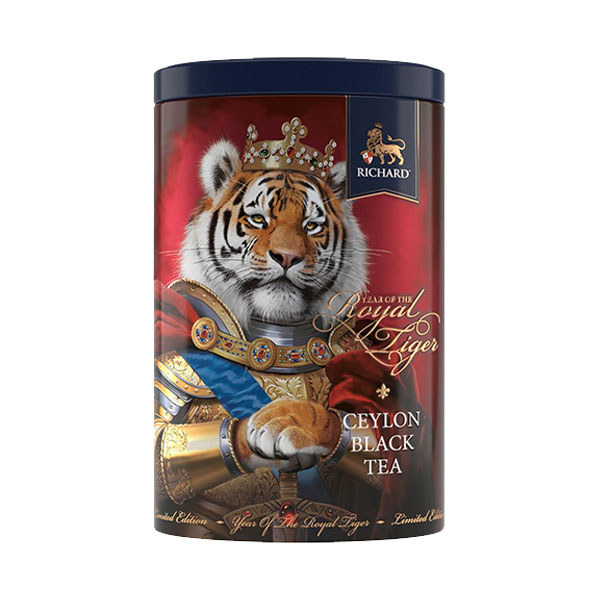
RICHARD Royal Tiger KING 80g (sypaný, černý čaj)

RICHARD Royal Tiger QUEEN 80g (sypaný, černý čaj)

RICHARD Royal Kenya 200g (sypaný, černý čaj)
Kč 141.91 Kč 126.70 bez DPH
CURTIS Fantasy Berries 90g (sypaný, černý čaj) DMT 5/2024

CURTIS Strawberry Mojito 90g (sypaný, zelený čaj) DMT 8/2024

CURTIS French Truffle 90g (sypaný, černý čaj) DMT 9/2024

HYSON English Breakfast 40g (20 sáčků, černý čaj)
Kč 62.56 Kč 55.86 bez DPHHow to harvest your own tea leaves
You will be able to harvest the leaves of your home tea tree regularly after two to three years of growth. At the same time, it is advisable to transplant the plant into a slightly larger pot. Although the tea tree is green all year round, the ideal harvest time is early and late summer. Always harvest 2-3 end leaves on each twig. They will be the youngest and the best.

Drying
Before you excitedly start harvesting and drying your own tea leaves, you should know that they will not taste as you are used to with those obtained from plants grown in renowned locations around the world. The reason is, of course, the less suitable conditions of our latitudes. Ceylon tea tastes so great because it has perfect conditions.
Spread the collected leaves on a grid or a sieve so that air can flow around them and let them rot. This will start to evaporate water from them and make them softer. After the tickets expire, it's time to roll. In professional production, a special machine squeezes the leaves so that the leaf cells burst under pressure and the cell juice can oxidize better. You can try to imitate this process with, for example, a mortar.
Leave the tea leaves to ferment in the air, which takes about one to two hours. During the fermentation time, you decide whether you want black, green or white tea. The tea is then dried with hot air to prevent it from becoming moldy. At home, however, you can try placing the leaves on the aforementioned sieve and leave them in a warm, dry place, preferably in the sun.
Then pour hot water over the dried leaves and let them infuse. You can add pieces of dried fruit to it, and your own cup of tea is ready!
As you can see, growing your own tea is not easy and it is not for one year at all. You must properly care for the tea tree plant and make sure to observe the basic needs such as light and acidic soil, enough light and moisture. It also needs to be trimmed and supplemented with nutrients such as humus.
Moreover, whether the result of this effort will have the desired results is not entirely clear, since the key element of tea preparation is drying and fermentation, which takes place under strictly controlled conditions of temperature and air humidity. It is not easy to imitate them at home. On the other hand, an evergreen tree will certainly be a nice decoration of your living room and a rare attraction for your visitors.


